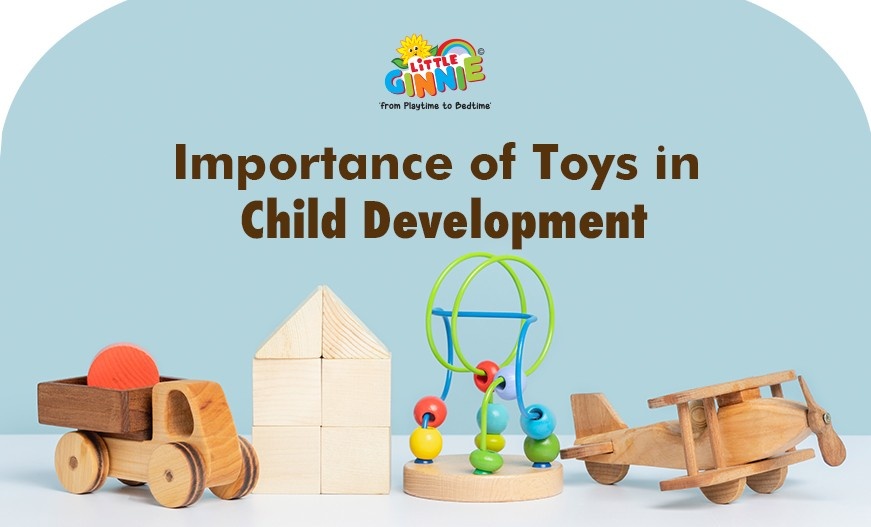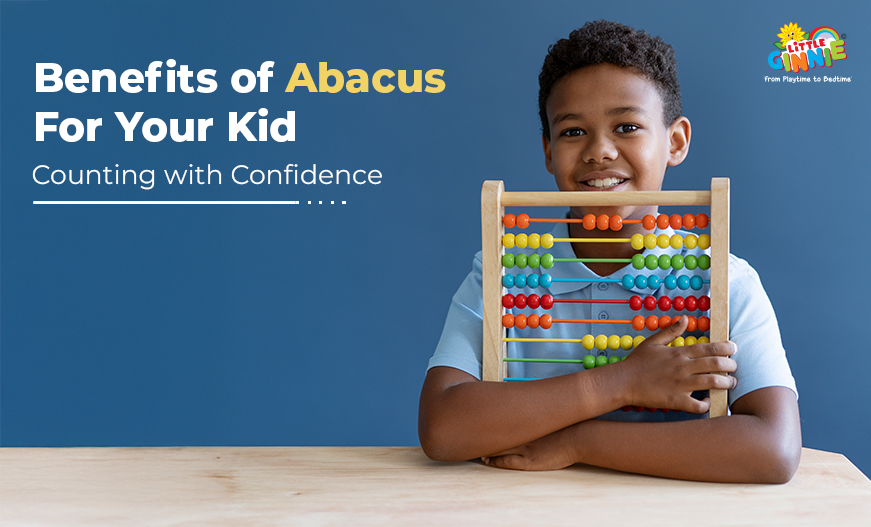Currently Empty: ₹0.00
Stacking Toys: Benefits, Uses, & Where to Buy
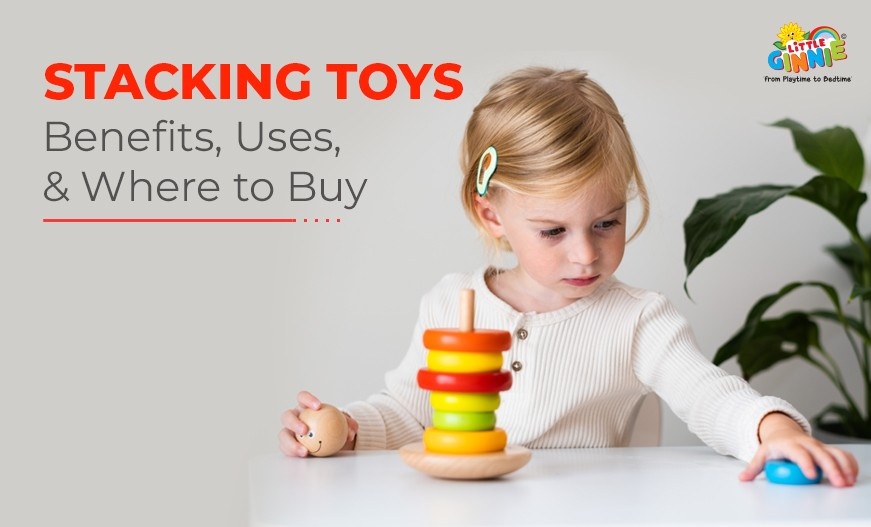
Written By: Pinky Kharata
Published By: Satya Narayan Pandey
Stacking toys is a seemingly simple activity which brings joy along with discovering a world of learning possibilities. Young children use these colorful stacking toys to hone their motor skills along with cognitive, physical, and emotional benefits while sparking imagination.
It is a development opportunity for little minds to discover their incredible potential. From classic wooden stacking toys to rainbow stacking toys there is something intriguing for every child. This guide will help the individuals to explore the advantages of stacking toys, its benefits, uses, and a reliable source for purchasing toys.
How Stacking Toys Help Develop Core Skills
Let’s explore below how stacking toys help develop core skills to contribute to a child’s overall development.
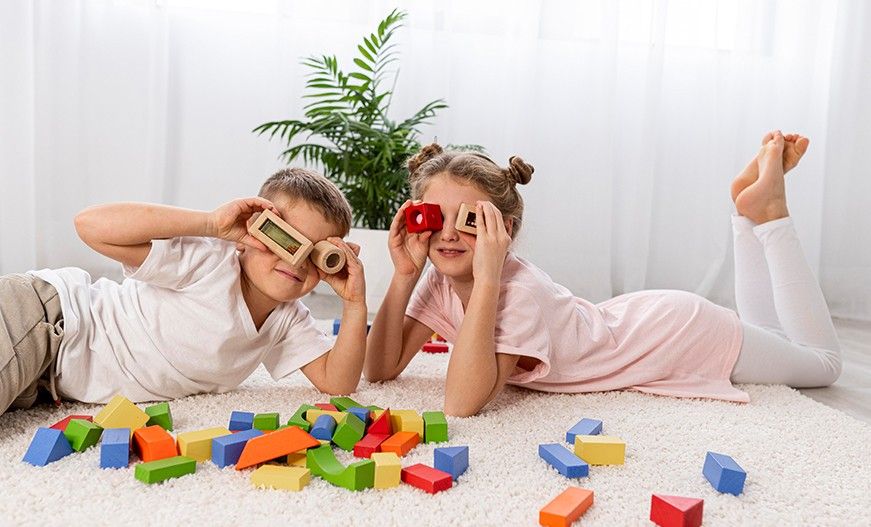
1. Stacking Toys For Improving Fine Motor Skills
Stacking toys significantly enhance fine motor skills in young children. The act of grasping, stacking, and balancing blocks significantly strengthens hand-eye coordination, improves dexterity, and refines finger movements. These skills are crucial for future development of a child for writing, drawing, and other everyday activities.
2. Stacking Toys For Developing Problem-Solving and Critical Thinking
It challenges children to think critically and solve problems. As they experiment with different stacking combinations, they learn to plan, anticipate consequences, and adjust their approach. This trial-and-error process strengthens their ability to analyze situations, identify solutions, and overcome obstacles.
3. Stacking Toys For Fostering Imagination
Stacking toys provides a fertile ground for imagination to flourish. Children tend to transform simple blocks into fantastical castles, towering skyscrapers, whimsical creatures, and entire imaginary worlds. This open-ended play encourages creative thinking, storytelling, and the development of symbolic representation, laying the foundation for future artistic expression.
4. Stacking Toys For Supporting Cognitive Development
Cognitive development is significantly enhanced through play with stackers. As children explore concepts like size, shape, and order, they develop spatial awareness, understand cause and effect, and learn to categorize and sequence. These foundational cognitive skills are crucial for future academic success and overall intellectual growth.
5. Stacking Toys For Creative and Enriching Children’s Games
It offers a wealth of creative and enriching games for children. From building tall towers and intricate structures to creating imaginative worlds and engaging in imaginative play, these toys provide endless opportunities for exploration, experimentation, and joyful learning.
6. Stacking Toys For Encouraging Your Child’s Creativity Play
While offering a creative field to the child it enhances a multitude of aspects in development. It helps build social and emotional intelligence, self expression, and boost confidence. It fosters children to think outside the box.
Types Of Stacking Toys
From classic wooden blocks to modern stacking cups toy, these engaging playthings provide a multitude of opportunities for learning, growth, and imaginative play. Let’s explore some of the most popular stacking toys and explore their unique benefits.
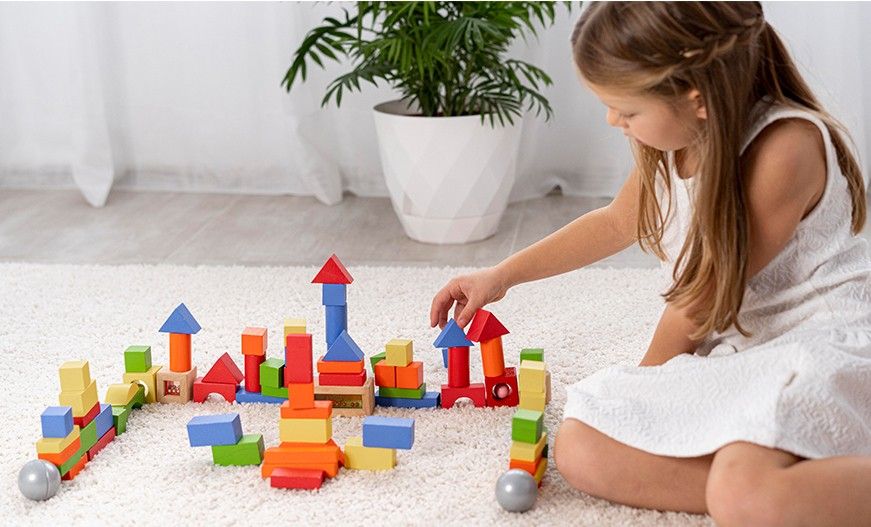
1. Stacking Rings Toy
The stacking rings toy typically features a central pole and a set of colorful rings of varying sizes. This simple yet engaging toy introduces young children to fundamental concepts like size, order, and coordination. It also develops their sensory exploration, cognitive growth, and fine motor skills.
2. Wooden Stacking Toys
Wooden stacking toys is a classic favourite option for early childhood development. It is crafted from natural materials, these toys often feature smooth edges and warm textures, making them both safe and inviting for young hands.
3. Rainbow Stacking Toy
These rainbow stacking toys are visually captivating options for early childhood development. They are crafted from natural materials with smooth edges and warm textures. It is safe and inviting for the young hands of the kids.
4. Stacking Cups Toy
These colorful cups encourage hand eye coordination as the kids start to learn to grasp, stack, and nest them. They also introduce the concept of sizes, and order.
5. Stacking Boxes
Many children enjoy stacking boxes which leads them to create unique structures. It leads to enhancement in their imagination and problem solving skills.
Where To Buy Stacking Toys
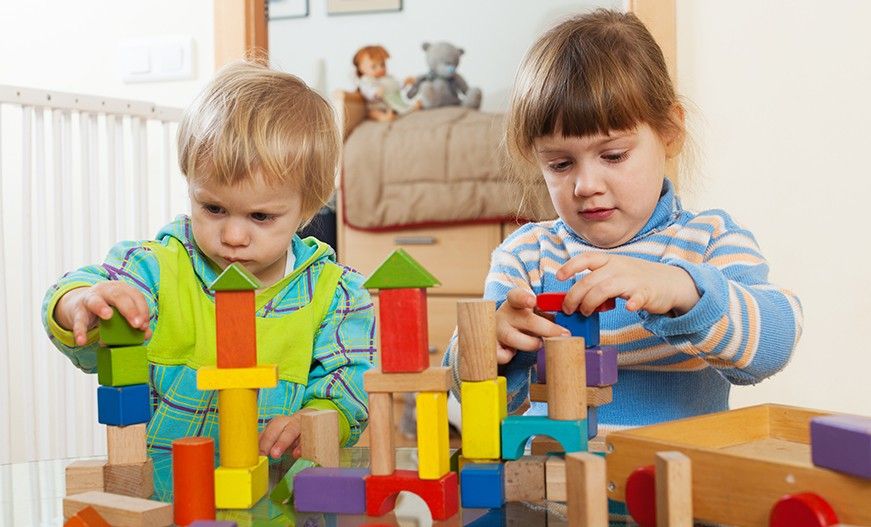
When it comes to finding the perfect toys with premium quality, Little Ginnie is the parents go to webstore. Their carefully curated selection features a wide array of options ranging from classic wooden stacking toys to stacking boxes. They are designed with vibrant colors and shapes to spark imagination along with fostering early learning. Whatever you are looking for a simple set of stacking toys to introduce your kid to stacking concepts or a more complex set that challenges and enhances their fine motor skills. Explore a wonderful world of play and learning with Little Ginnie’s varied range of choices to suit every child’s unique needs and interests.
Conclusion
Stacking toys offers a wealth of developmental benefits. From enhancing fine motor skills to hand-eye coordination along with cognitive development. It provides a valuable foundation for early learning and creativity. Whether you choose classic wooden rings or building blocks, stacking toys would add a significant positive impact in their development.
FAQs: Stacking Toys
Q1: What is the purpose of stacking toys?
Ans: Stacking toys are used to develop a variety of skills. It leads to enhancement in hand eye coordination, fine motor skills, gross motor skills, and cognitive development.
Q2: When to introduce stacking toys?
Ans: Stacking toys can be introduced as early as possible at the age of 12 months and up.
Q3: What is the concept of stacking?
Ans: It is a popular type of educational toys used by young children to facilitate early learning and enhancement in motor skills.
Q4: How many blocks should a child stack?
Ans: This factor depends on the age of the child. If a kid is between 10 to 12 months the ideal stacking is 1 or 2 blocks. If a kid is between 16 to 18 months, they should be able to stack two or three blocks.
You May Also Like:
The Play Way Method – What And Why
Learn The Importance Of Indoor Games



